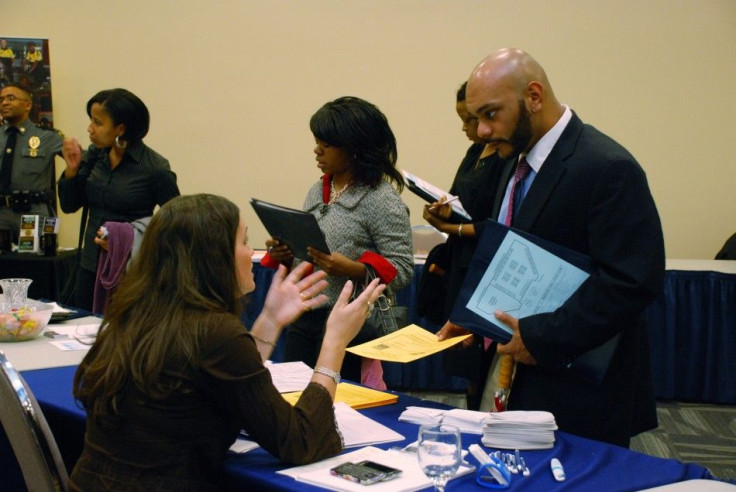Unemployment Rate Rises in 28 States in July as Companies Adopt Cautious Stance
ANALYSIS

In July, 28 states registered a higher unemployment rate, while only nine showed a lower unemployment rate, with the overall U.S. economy adding 117,000 jobs, according to data provided the U.S. Labor Department.
Further, 13 states recorded no increase. A year ago, in July 2010, unemployment rates fell in 37 states and rose in seven states.
Nevada had the nation's highest unemployment rate, at 12.9 percent, up from 12.4 percent in June. California's rate rose to 12 percent from 11.8 percent in July.
North Dakota reported the lowest unemployment rate, at 3.3 percent, a touch higher than July's 3.2 percent rate.
25 States Below the Average, But the Average Is High
Also in July, 25 states had unemployment rates significantly lower than the 9.1 percent national rate, and eight states were considerably higher.
The largest over-the-month increase in employment occurred in New York (+29,400), followed by Texas (+29,300), Michigan (+23,000) and Tennessee (+14,300).
Hawaii experienced the largest over-the-month percentage increase in employment (+1.1 percent), followed by Utah (+0.8 percent), Michigan (+0.6 percent), and Delaware, Iowa, Kansas and Tennessee (+0.5 percent each).
The largest over-the-month decrease in employment occurred in Illinois (-24,900), followed by Florida (-22,100), Minnesota (-19,800) and Indiana (-10,100).
The largest over-the-month percent decrease in employment occurred in Minnesota (-0.7 percent), followed by Illinois and Indiana (-0.4 percent each).
Also, 10 states had statistically significant increases in their jobless rates in July compared to June: unemployment rates rose 0.4 percentage points in four states, including Ilinois, which saw its rate rise to 9.5 percent from 9.1 percent in June.
Labor Market/Economic Analysis: The July DOL job survey shows that while lay-offs have subsided, the job market remains weak. Companies still are not hiring at levels need to substantial lower the high 9.1 percent unemployment rate. The unemployment rate has also been above nine percent for more than two years.
In short, uncertainty about the viability of the economic expansion has prompted many companies to hold-off hiring: businesses who typically would launch a project and/or add employees are taking a wait-and-see stance -- concerned that if the economy slows more and demand lessens, they will be left with excess capacity.
What the economy needs now is a catalyst of some type to increase demand, in addition to a sustained, large drop in oil prices, which will lower costs across the U.S. business spectrum and increase consumers' disposable income. Further, it doesn't appear that additional fiscal stimulus will be approved by Congress (unless it's in the form of a tax credit or tax cut), therefore it will have to come from some other source (exports, other domestic private-sector demand, business investment).
© Copyright IBTimes 2024. All rights reserved.











